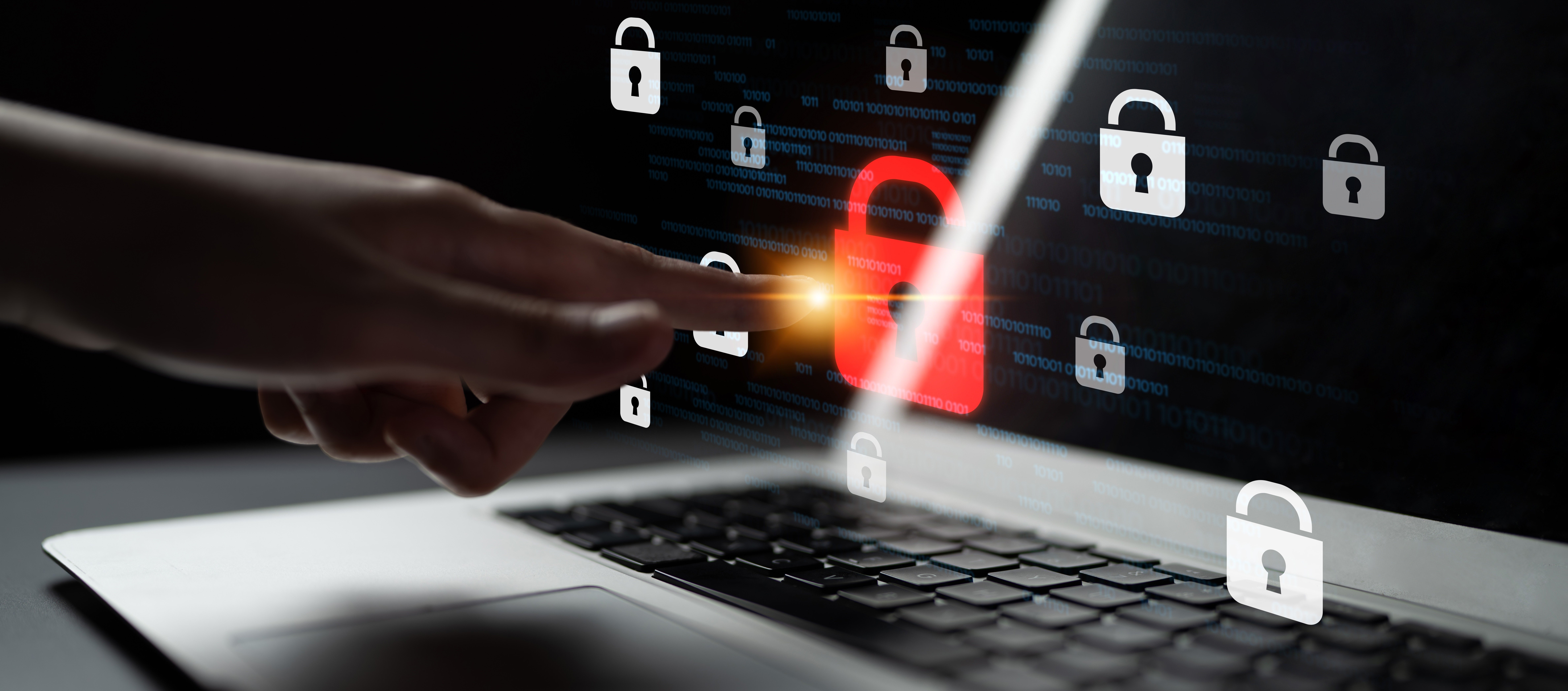Building a future-ready security stack for the quantum era
Encryption that was once considered unbreakable is now on borrowed time. Quantum computing is moving closer to commercial reality, and when it arrives, the data protecting your organisation could be at higher risk of exposure.
Every organisation that relies on digital trust will need to evolve, including yours. The question isn’t if the shift will happen, but how ready your security stack will be when it does. Building a future-ready approach means assessing your cryptographic landscape, planning the move to post-quantum cryptography, and embedding flexibility into your long-term cyber resilience strategy.
This blog explores why quantum readiness matters and how your organisation can start preparing today.
Why the quantum shift matters
Quantum computing will bring enormous opportunities for innovation across industries. Yet the same processing power that drives these advances also poses new security challenges. Once quantum computers reach sufficient scale, they will be able to break many of today’s encryption methods, exposing sensitive data that has long been considered secure.
Algorithms such as RSA (Rivest–Shamir–Adleman) and ECC (Elliptic Curve Cryptography), which underpin most digital encryption today, are vulnerable to quantum attacks. Threat actors are already preparing through “store now, decrypt later” tactics, capturing encrypted information now with the intention to unlock it in the future.
The Australian Cyber Security Centre (ACSC) advises organisations to start preparing for the quantum era by adopting post-quantum cryptography to protect digital infrastructure. Its current guidance encourages all businesses to achieve quantum readiness by 2030.
Despite these warnings, readiness levels remain low. The Thales 2025 Data Threat Report found that 40% of organisations have taken no action on post-quantum readiness, underscoring how urgent it is to begin preparing for the coming shift.
Readiness has become a business priority. Quantum risk is emerging as a real factor in how organisations protect data and maintain resilience. Those who act now will be better positioned to manage disruption and meet compliance expectations as the landscape evolves.

Adapting to evolving policy and compliance requirements
Cyber policy and governance requirements are evolving just as quickly as the technology itself. Frameworks such as Essential 8, ISO 27001, and the ASD Annual Cyber Threat Report 2024–25 all highlight the importance of measurable resilience and proactive risk management.
According to the ASD, transitioning to post-quantum cryptography is a multi-year process. It recommends that organisations finalise a PQC roadmap by 2026, begin transition on critical systems by 2028, and complete migration by 2030. Planning early ensures compliance and operational continuity across this timeline. Leadership teams must integrate compliance into their security strategies from the start. This demonstrates maturity and accountability, measuring regulators, partners, and customers that the organisation prioritises trust and transparency alongside technical strength.
Building a future-ready security stack
A quantum-ready security strategy requires structure, flexibility and continuous learning. Success depends on creating a framework that can evolve as new standards and technologies emerge.
Applying the LATICE Framework
The ACSC’s LATICE Framework, introduced as part of Cyber Security Awareness Month 2025, provides a practical roadmap for quantum readiness. It helps organisations take structured steps toward resilience through five key actions:
- Locate and catalogue where traditional asymmetric cryptography is used.
- Assess the value and sensitivity of systems and data it protects.
- Triage systems and prioritise them accordingly for transition.
- Implement post-quantum cryptographic (PQC) algorithms across systems.
- Communicate and educate vendors, stakeholders, and staff on the PQC transition.
Following LATICE helps organisations manage the transition systematically while improving overall cyber maturity.
Getting started does not mean completion of full transformation on day one. The first step is to identify data that is still encrypted using legacy algorithms, especially in systems that handle sensitive or long-lived data. Map dependencies across vendors, applications, and APIs, then build a plan to transition high-priority assets first. Small, early actions build momentum toward quantum-safe readiness, making larger transitions easier to manage.

Designing for flexibility and cryptographic agility
Cryptographic agility, the ability to quickly update or replace encryption algorithms as standards evolve, ensures your organisation can adapt to new technologies without extensive rework. This flexibility allows your security stack to stay secure and compliant as quantum-safe methods and post-quantum cryptography mature.
Building agility into your architecture also enables faster updates and less downtime during transitions. Partnering with vendors who are already investing in PQC research and development strengthens interoperability and prepares your environment for future standards.
While hybrid PQC and traditional encryption schemes may offer short-term interoperability, the ASD cautions that traditional algorithms will become obsolete once quantum computing reaches maturity. Building for long-term cryptographic agility is the more sustainable approach.
Empowering people through education
Technology change alone cannot deliver resilience. Building awareness across teams ensures everyone understands what quantum computing means for their role and the organisation’s risk profile.
Quantum technology will reshape how organisations approach cyber security, making it essential to train teams on both the risks and opportunities it presents. As part of this preparation, organisations should also identify and decommission systems that cannot be upgraded to meet future encryption standards. Taking these steps now helps build a stronger, more adaptable security foundation.
When communicating transition plans, help your stakeholders understand that PQC adoption can affect performance and data size. Transparency during this process supports collaboration and helps build trust in your new systems.
Ongoing Security Awareness Training and strong executive sponsorship help embed this knowledge and sustain a security-first culture within your organisation.
The road ahead for quantum security
Quantum computing is progressing quickly, and the transition to post-quantum cryptography and quantum-safe encryption will take time. Mapping cryptographic dependencies, applying the LATICE framework, and investing in staff education are steps that can start now to strengthen your organisation’s quantum readiness.
However, progress across industries remains limited. According to IBM’s Quantum-Safe Readiness Index 2025, the average readiness score among global organisations is just 25 out of 100, showing that many are still in the early stages of planning.
Organisations that take proactive measures will be positioned to lead with confidence. They will protect data integrity, maintain compliance and strengthen customer trust while others are still adapting.
The shift to quantum-safe encryption will define the next decade of cyber strategy. For organisations that have not yet begun, the path forward starts with small, deliberate steps toward readiness.
How to begin your quantum readiness journey
Quantum computing will redefine cyber security. Begin your quantum-readiness journey today by:
- Reviewing where encryption is used across your organisation
- Educating your teams on quantum risk and resilience
- Applying the LATICE Framework to plan your transition to post-quantum cryptography
For expert guidance on future-proofing your organisation’s cyber security, contact us to start building your quantum-ready strategy.
Author
Ruchit Deshpande is the Security Solutions Director at The Missing Link, where he leads a team of talented Security Architects to help organisations build stronger, smarter cyber defences. With a lifelong passion for cyber security and over a decade of industry experience, Ruchit specialises in solving complex security challenges with practical, human-centred solutions. When he's not tackling emerging threats, you’ll likely find him playing or watching cricket or deep in thought over the latest cyber trends.
